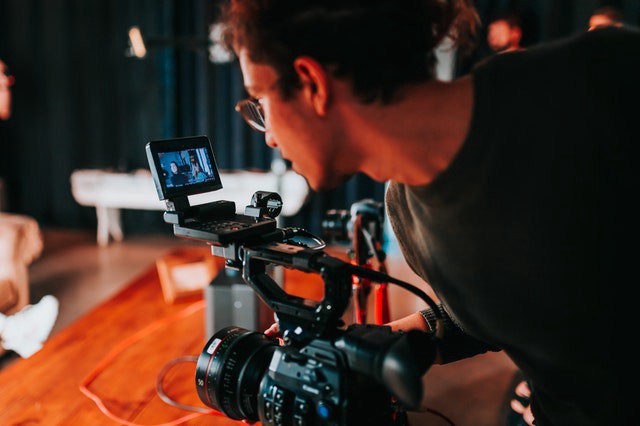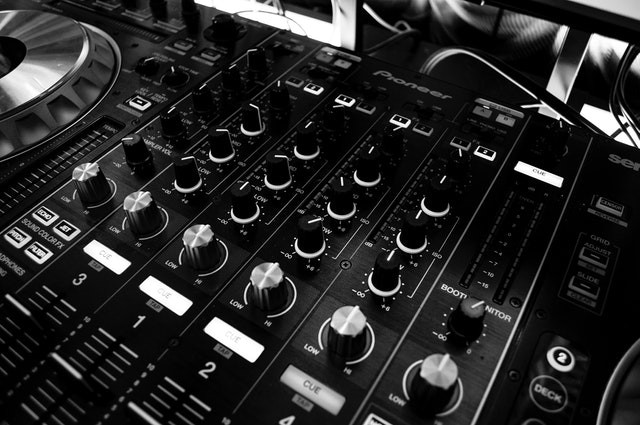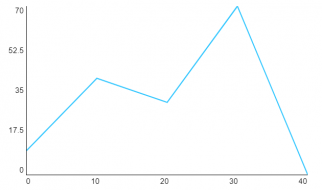In 2017, during the Academy Awards, Arrival won the Oscar for best sound editing. During the same ceremony, the award for best sound mixing went to Mel Gibson?s Hacksaw Ridge, and many people actually wondered: what?s the real difference between those two terms and why are they often used interchangeably?
In 2018, several movies including Blade Runner 2049, Dunkirk, Baby Driver, Star Wars: The Last Jedi and Guillermo del Toro?s The Shape of Water were up for both awards, which made things more confusing. What?s the real difference, then? If they?re not quite the same, is mixing a pivotal part of sound editing? The short answer is no.
In simple terms, the sound editing process is all about collecting all the sound that an audiovisual project requires, sound mixing is what audio and sound professionals do with those tracks after they are collected.
 Photo by Matheus Bertelli from Pexels
Photo by Matheus Bertelli from Pexels
The sound editing category from the Academy Awards used to be regarded as sound effects editing, which used to be a really more descriptive name. Every time a scene is shot, traditionally a huge percentage of the main focus is entirely on getting the dialogue and stating the moving images properly.
After that, sound editors are responsible for putting in all the additional sound and audio tracks that complement the words being spoken by the talent, creating the atmosphere the director has envisioned for that particular scene. This can be a lot of different things: ambient sounds, such as a car passing by on a highway, the approach of a distant barking dog, the rustle of the trees at a park, among many other sounds.
In the words of Walter Much, mostly for being the Oscar-winning sound editor for The English Patient and Apocalypse Now, the whole process of working with audio around dialogue lines is like making a mosaic. He once stated in an interview that ?up to 98 percent of all the audio tracks and sounds that you hear in an audiovisual project or a film is added during the post-production process ? to achieve the final atmosphere and the final effect of the soundtrack requires a colossal amount of addition, and sometimes replacement, of sound and audio tracks?.
The fact that the vast majority of the sounds we hear in a film are added during the post-production process raises a question: why do directors and sound professionals do that?
The answer is quite simple: to make the sound even more convincing. In previous posts, we have mentioned how crucial is sound when it comes to developing compelling storytelling, and frequently film crews and sound professionals add sounds at a later stage to separate musical elements from sound lines.
As for sound mixing, as mentioned above, this process refers to the post-production once audio and soundtracks have been collected and put alongside the moving images. Sound mixers have one sole purpose in mind: to meld and blend all those audio tracks seamlessly with the dialogue lines.
It can actually mean making that barking dog seem distant or adding reverb to the sound of the wind passing through the trees at the park to create more tension during a scene. It also pays attention to audio levels of dialogue recorded at different places at different times. As Mr. Murch said: ?We sound editors are constantly playing with these complicated mixing boards, making decisions about the final product of the sound in a film?.
So, although both terms are related, sound mixing and sound editing are not only different but, as you can see, also very important art forms. In the world of film and, to that extent, audiovisual projects, sound, and audio have many heroes ? sound designers, foley artists, composers, editors, etc. However, sound mixers and sound editors are uniquely integral to the filmmaking process.
Every time you go to the theater to watch a new release, you might certainly notice the complexity of the sound: how it moves from left to right, how it gets softer or louder at a certain point, amongst others. So, after having laid out the differences between both forms, you might wonder: what was edited and what was mixed?
 Photo by Stephen Niemeier from Pexels
Photo by Stephen Niemeier from Pexels
Although there?s no way to tell simply by hearing, the vast majority of those sounds are mixed, even though sound editing comes first ? a lot needs to be done way before sound mixers lay down their hands on those audio tracks; however, one thing is true: where you watch a movie will largely dictate how much of the sound mixing and the sound editing you will be able to hear, as today?s theaters have been acoustically modified for audiences to notice those subtle sounds that enhance the storytelling and accentuate the film?s mix.


